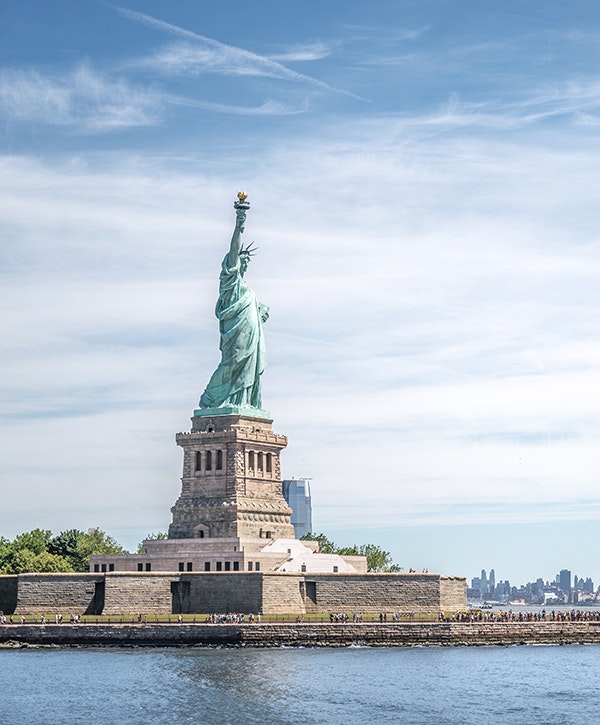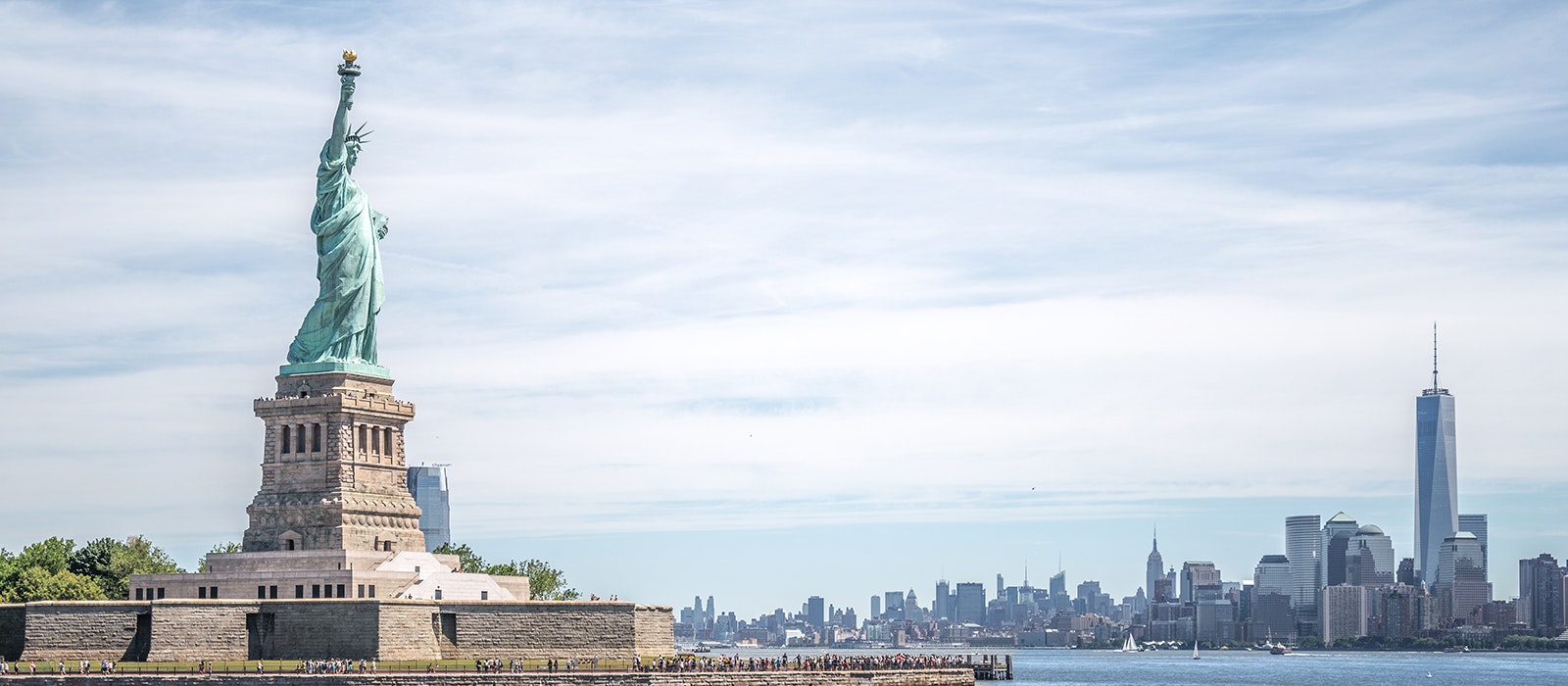With the end of Title 42, the Biden administration announced a series of actions to regularize migration and reduce pressure at the border. The centerpiece of this approach is a set of legal pathways that give people the option to come to the United States through immigration parole as long as they have a financial sponsor in the U.S. For two months following the end of Title 42, these legal pathways significantly reduced migration to the southern border and it became clear, once again, that people will utilize legal channels as long as they can access them. These pathways also made thousands of people immediately eligible to apply for work authorization, giving them an opportunity to begin contributing to their new communities soon after they arrived in the United States.
These legal pathways are critical and they are working—but they are also too limited at a time when 20 million people are displaced in the Western Hemisphere. While the number of Haitians, Nicaraguans and Cubans crossing between ports of entry has plummeted by over 89% since the end of Title 42, there are no similar pathways for other countries to discourage unauthorized crossings. In particular, existing pathways are insufficient to address the scope of the refugee crisis of 7.3 million Venezuelans having fled their country in recent years. In September, the administration made the right choice to redesignate TPS for an additional 472,000 Venezuelans already living in the United States, but this policy announcement is only one piece of a broader strategy to manage the impact of irregular migration at our southern border.
Latin America and the Caribbean face extreme instability that drives the movement of people across multiple borders in search of safety. As the number of individuals coming to the U.S.-Mexico border as a result of forced migration has again increased in the past two months, the administration should expand its legal pathways strategy and accelerate the implementation of regional processing options to relieve pressure at the southern border. It is also critical that the administration take a central role in coordinating the arrival of asylum seekers once they arrive in the United States by engaging in proactive conversations with interior cities to mitigate resettlement challenges as they struggle to provide wrap-around services, legal support, and housing.
Currently, states and localities are providing their own transportation from border cities to destinations like New York. Without federal coordination, buses of people seeking asylum will continue to arrive in cities with no advance notice, many of whom have limited information about where they are going or what to do when they get there. Allowing states to assume this transportation responsibility has turned the arrival of asylum seekers into a highly politicized event that is dividing communities on the best way to welcome people seeking asylum.
While it remains disappointing that Republicans in Congress continue to block immigration reform and Republican Attorneys General are attempting to eliminate the administration’s legal pathways approach through the courts, the Biden administration should take additional action to reduce pressure at the border and provide greater support to cities.

